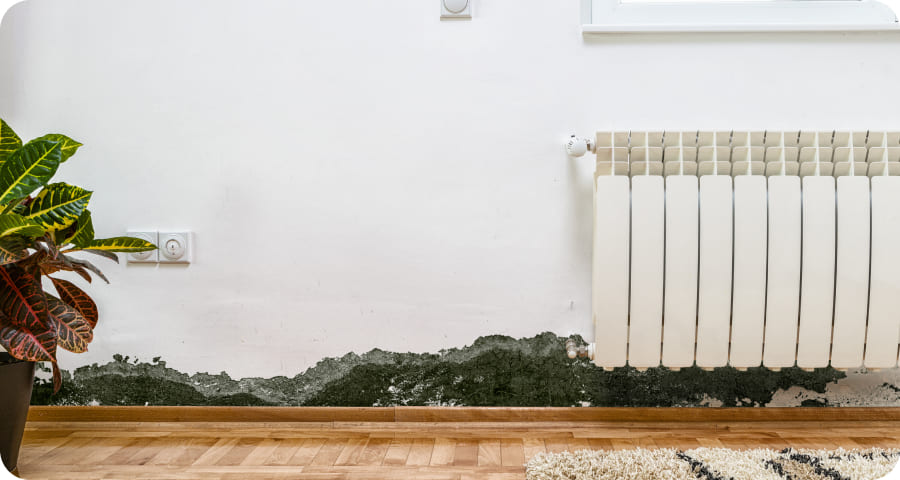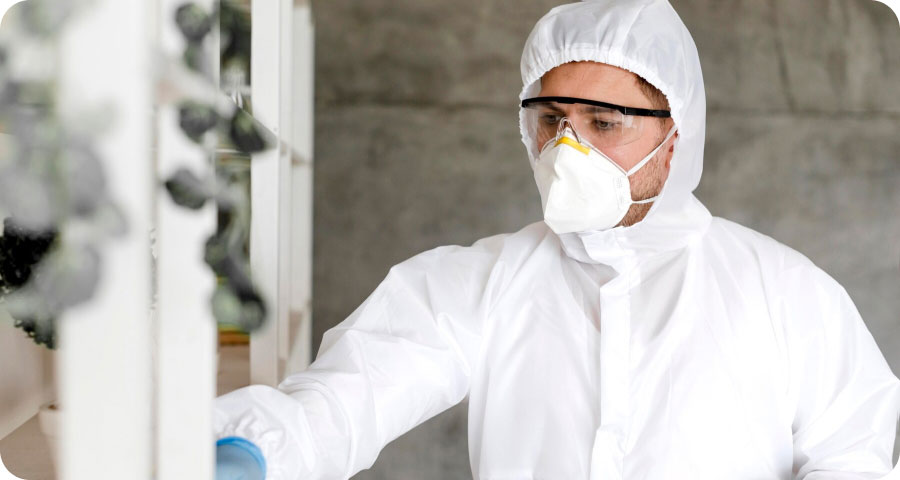Mold Lab Testing in Naples, FL
Black Mold Removal
QCI has established itself as a trusted expert witness in the construction industry, offering expert testimony for over 15 years. Beyond its construction expertise, QCI is recognized for its exceptional communication skills and a credible, impartial approach. The company specializes in translating complex technical findings into clear, comprehensible language that resonates with judges, juries, arbitrators, and mediators. Whether involved in litigation, arbitration, mediation, or trial court proceedings, QCI ensures that its conclusions are backed by meticulous analysis and a sound understanding of past, current, and potential future changes in the field.
At the heart of QCI’s operations is Stephen Delgado, Manager, whose extensive background adds unparalleled value to the company’s services. With over 25 years of hands-on experience in commercial and residential property development, construction, water/fire/weather damage emergency services and restoration, mold remediation, indoor air quality assessment, property valuations, and large-loss insurance claims, Stephen collaborates effectively with construction attorneys to provide complementary insights. His breadth of experience ensures that clients receive comprehensive support tailored to their needs.
QCI’s team brings unmatched expertise in areas such as construction administration, billing analysis, design consultation, insurance claims, large-loss assessments, construction cost evaluations, and defect identification. The firm also excels at resolving construction contract disputes, emphasizing even minor details that can prove pivotal in significant cases. With a proven ability to deliver prompt, clear, and concise analytical opinions, QCI has earned a reputation for reliability and efficiency. Moreover, the team’s deep familiarity with attorney-client work product rules ensures confidentiality and professionalism in every engagement.
QCI’s expertise spans a wide range of services, including commercial and residential construction, fire/water/weather damage restoration, mold remediation, remodeling, and building inspections. The company’s ability to navigate complex contractual conflicts, property damage insurance disputes, and construction-related billing issues has solidified its reputation for integrity and effective problem-solving. For clients frustrated with delays and insufficient feedback from other experts, QCI offers a refreshing alternative. The team prioritizes timely, actionable insights that respect both client timelines and budget constraints, ensuring that every project and case receives the focused attention it deserves.
Black Mold: Understanding Stachybotrys Mold

What is Black Stachybotrys Mold?
Black mold usually refers to the mold species Stachybotrys chartarum or Stachybotrys atra, which thrives in constantly moist environments. This mold is commonly linked to:
- Sick Building Syndrome
- Damp Building-Related Illness (DBRI)
- Poor indoor air quality
It typically grows on water-damaged materials that are rich in cellulose, like drywall and wood.
Health Risks of Black Mold
Black mold produces trichothecene mycotoxins, which can be harmful to vulnerable groups such as:
- Children
- Elderly
- Individuals with weak immune systems
Symptoms of Black Mold Exposure:
- Headaches
- Itchy eyes
- Throat irritation
- Runny nose
- Coughing, sneezing
- Chest pain
- Fatigue
- Asthma and pulmonary
- Skin rashes
- Hemorrhaging (lung bleeding)
Where Can Black Mold Be Found?
Black mold grows in areas with high moisture or humidity, especially on organic materials. Common sources include:
- Water leaks or stagnant water
- Water-damaged drywall, baseboards, cabinets, and insulation
- Glue behind wallpaper, laminate cabinets, and baseboards
High-Risk Areas:
- Bathrooms:
Black mold often grows behind shower tiles where grout cracks, allowing moisture to seep in. - Wood framing and rubber liners near shower bases are also common spots for mold growth.

How is Black Mold Detected?
When mold is suspected but not visible, air sampling can help detect mold sources. QCI’s certified mold inspectors collect air samples, which are sent to an independent lab for analysis.
Mold Analysis Report:
- Identification and enumeration of airborne mold spores
- Comparison of indoor and outdoor spore counts
- Color-coded problem areas based on spore count comparisons

